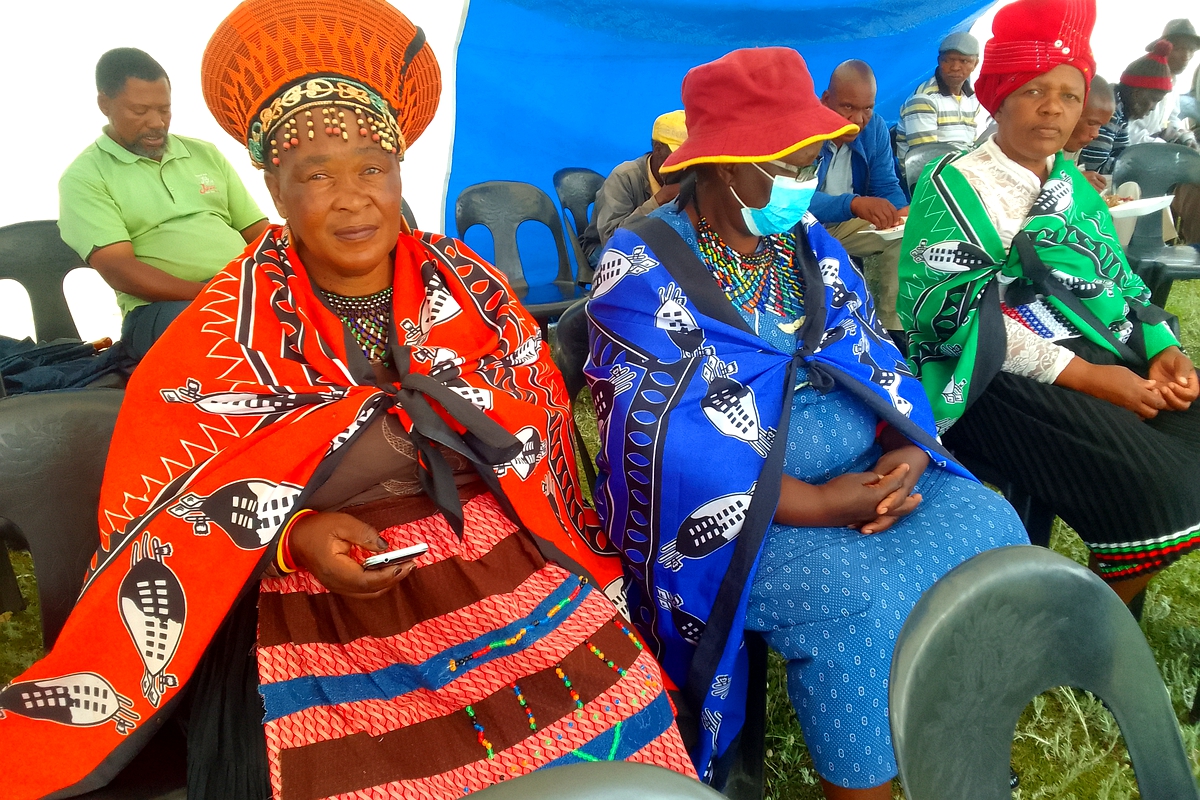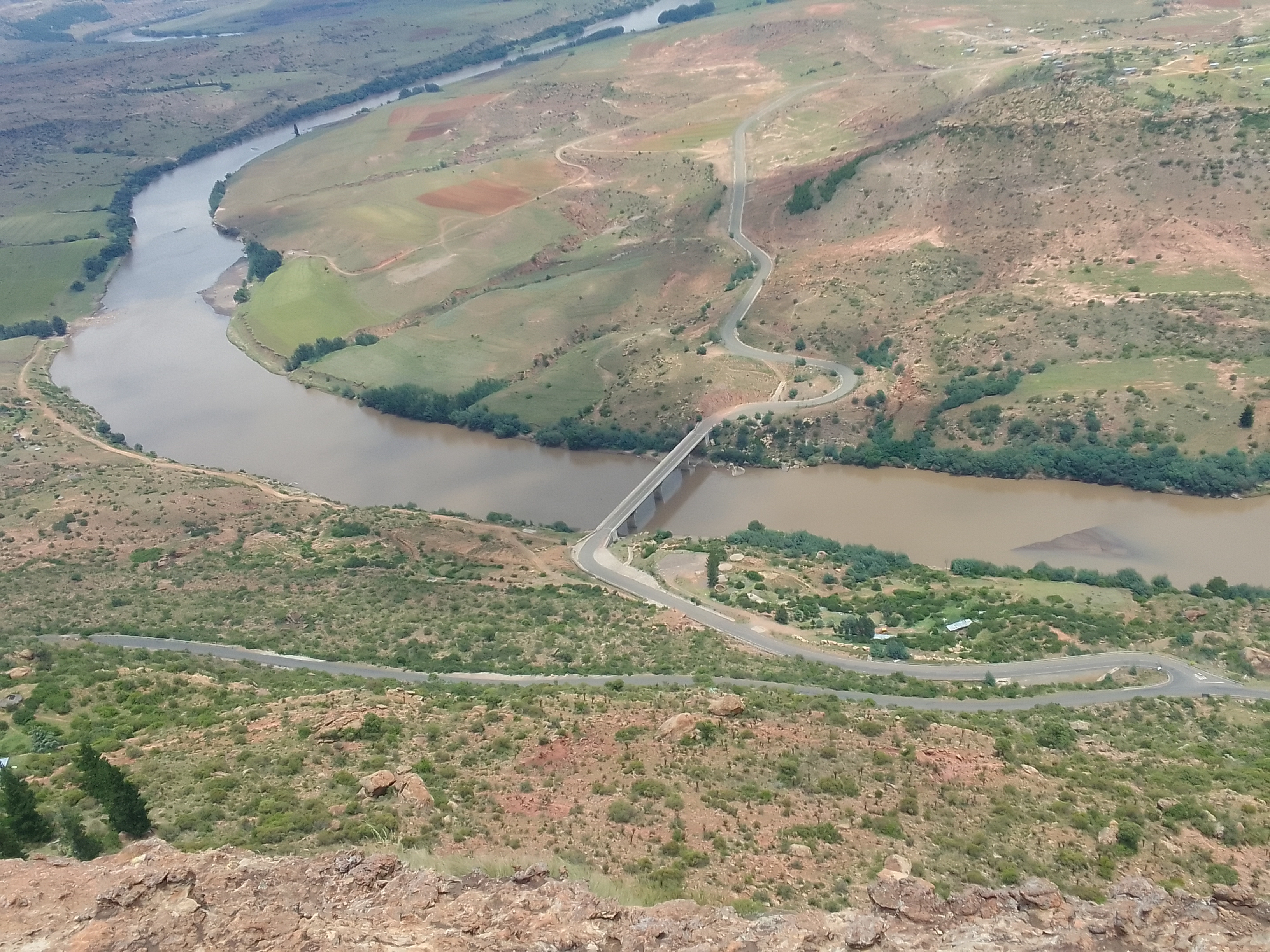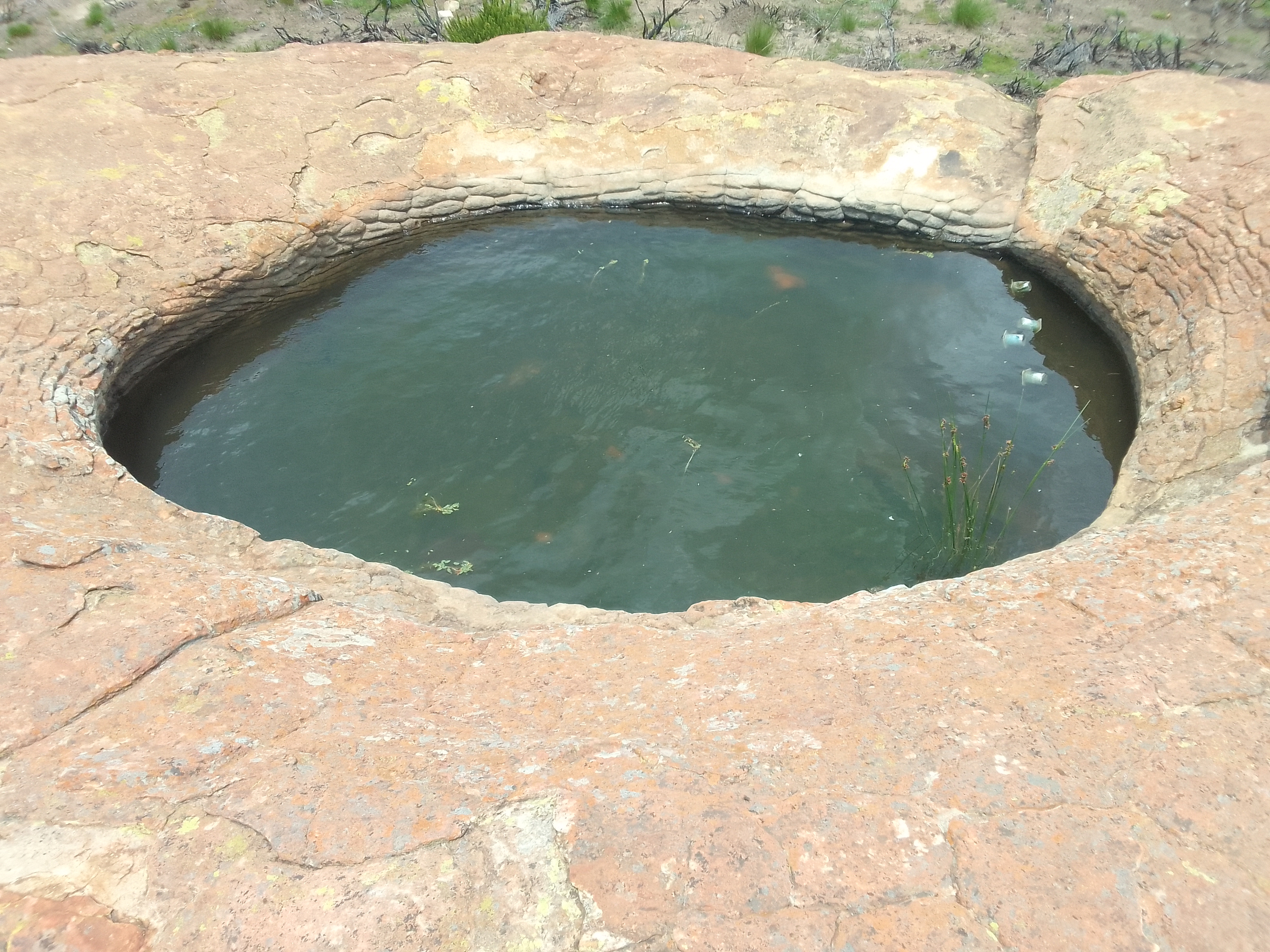On the 26th November 2022, I travelled to Mount Moorosi a home to beautiful sceneries of Senqu River, Mokotjomela Mountain, gun shells, rock pools and a huge cross.
travel
Jan. 9, 2023
THE NOMAD – BY MAPAMELA KHANYELA
4 min read
A day trip to Mount Moorosi

In full traditional attire are Baphuthi women who attended the event
Story highlights
The trip coincided with the day that Baphuthi were celebrating the 19th edition of King Moorosi’s lamentation walk.
Mount Moorosi is in the south of Lesotho, about 39.8 km from Quthing town and 211.9 km from Maseru, the capital city of Lesotho. My journey begun in Quthing town. The weather was cool and pleasant, it was around 10:00 am.
On my arrival at Mount Moorosi, I first met Dr.Letzadzo Kometsi. Dr. Kometsi is a chairperson of Libadla le baPhuthi, the association that organized this 19th episode of King Moorosi’s lamentation walk. He recommended me to hurry to the mountain to meet some of the decedents of King Moorosi who were on their way to the summit of the mountain.
Mount Moorosi has shrubs and some pine trees as well as famous Quthing aloe. There is a small village close to the only pass of the mountain. On the eastern part of the mountain, there are Moorosi chalets for travellers willing to stay longer.
The mountain has three stanzas and on the first stanza I met Thibathere Moorosi who described himself as a direct descendant of King Moorosi and he is of the 7th generation from King Moorosi. He welcomed me in Sephuthi language and volunteered to be my tour guide as it helps to refresh his memory to narrate their history.
On this first stanza, there were visible remains of stone houses and Moorosi told me they belong to the people who stayed on this mountain around 1889. As we climb further, there was a visible cross from below. “We were not informed about the mounting of this cross but we do not have a problem with it,” Moorosi told me.
It was on second stanza where my tour guide told me King Moorosi was attacked by the British army in 1889 because he refused to comply with harsh rules such as compulsory herd tax and refusing to handover his son who was accused of stealing horses from the Boers. As we walk further on this stanza, Moorosi showed me what he described as gun shells. “This mountain had many gun shells because of that attack by the British army, unfortunately people take them as they tour this mountain,” he said.

An aerial view of Senqu river from Mount Moorosi
Enjoy our daily newsletter from today
Access exclusive newsletters, along with previews of new media releases.

One of the rock pools found on top of Mount Moorosi
The third stanza of the mountain is its summit. From here I could see Senqu River below which separates Mohale’s hoek and Quthing districts. On the eastern part of the mountain, there is Quthing River which joins senqu. Quthing River comes from Letša la Letsie, a Ramnsar wetland in Lesotho. There are scattered rock pools on the mountain filled with water. “We are told King Moorosi’s traditional doctors used to soak water with traditional medicines for warriors to take bath before going to war, some of our members take a bath here before our main celebration every year,” he told me.
We walked to the cross where we passed a stone wall. “This was armory of King Moorosi. They used to keep spears, guns and the powder that was used for shooting here,” he explained.
The cross has messages, “It is enough about the brutal killing, and Jehovah will fight for you.”
From the cross, there are beautiful views, I could see a small town of Mount Moorosi, Mokotjomela Mountain as well as a tarred road to Qacha’s Nek. We then walked down for the main celebration of King Moorosi’s lamentation walk.
It is now towards 12:30 pm, Baphuthi are glad in their traditional attire, and on this day, they prefer their language despite knowing Sesotho well. Speaker after the speaker explains important role played by King Moorosi’s contribution in maintaining the culture of Baphuthi. Among those who attended the event was Nosiswe Masive, from Matatiele in Eastern Cape. Masive was wearing traditional cloths made of animal skin, she was sitting on a traditional mat, and a shield and spear were put in front of her by Mocheko Khosi who narrated the history of King Moorosi.
“She has been instructed by her ancestors to come to this place, especially during this celebration. She has spent a night on top of this mountain as she is about to become a traditional doctor,” Mocheko told me.
Mount Moorosi is a place to visit at any time of the year. The village has passionate oral historians, there is no standard fee to be paid according to Moorosi, but a visitor has to be ready to compensate oral historians of the village.
A visit to Mount Moorosi has taught me that tomb of King Moorosi remains a top secret of Baphuthi people.
Tailored for you



